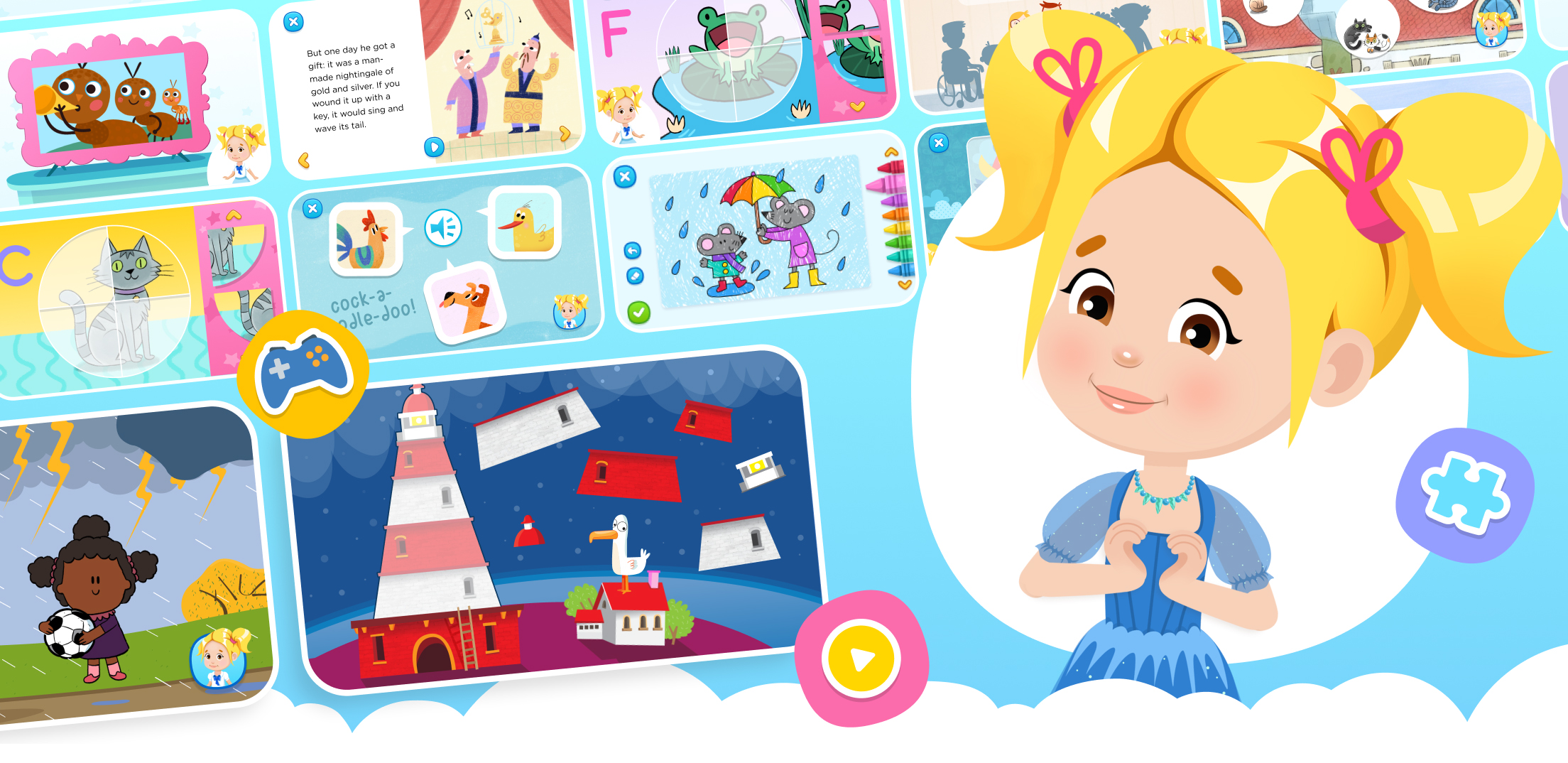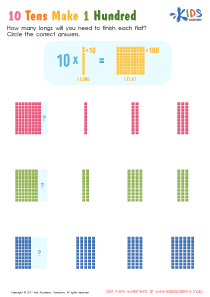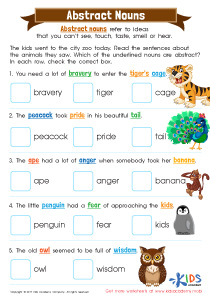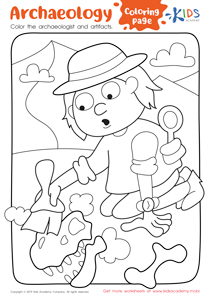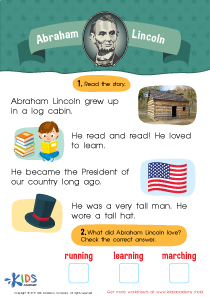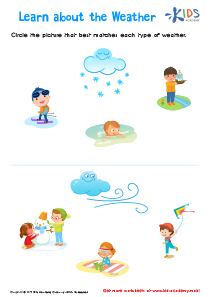Normal Rhyming worksheets activities for 6-Year-Olds
1 filtered results
-
From - To
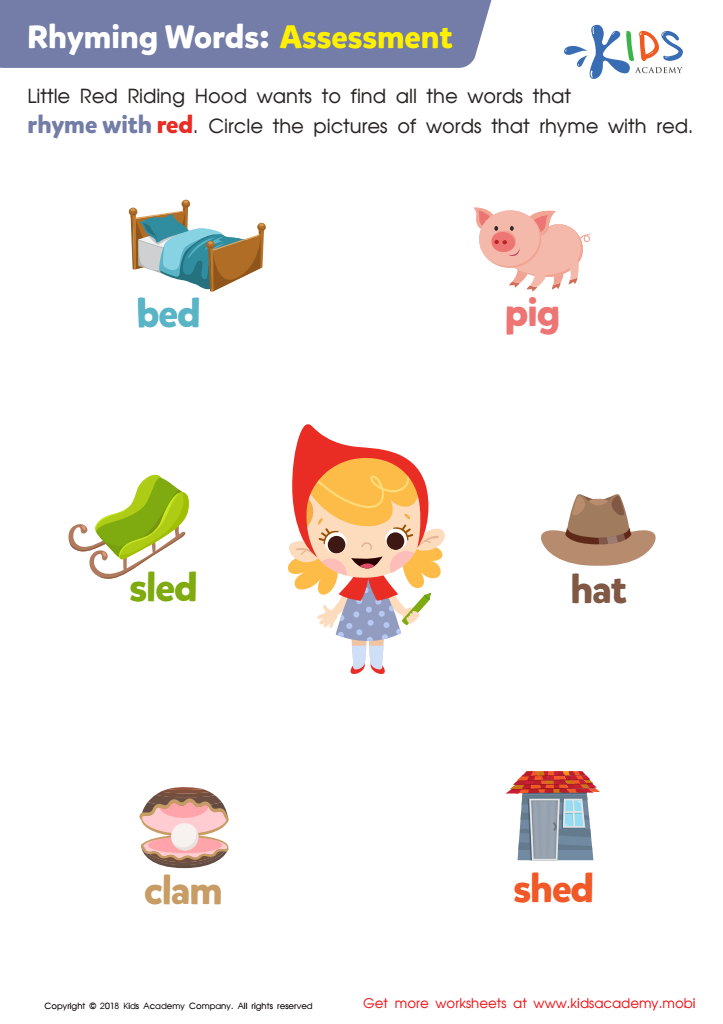

Rhyming Words: Assessment Worksheet
Normal Rhyming Worksheets activities are an essential component of early literacy education, offering children a fun and engaging way to develop their phonemic awareness, an essential skill in learning to read. By participating in these activities, children learn to recognize patterns in language, an ability that underpins the development of reading and spelling skills.
Firstly, Normal Rhyming Worksheets activities enhance children's auditory discrimination skills. Through these exercises, children learn to identify words that sound alike, which is a critical step in understanding that words are made up of different sounds. This awareness is vital for decoding new words and contributes significantly to reading fluency and comprehension.
Moreover, these activities stimulate cognitive development. As children engage with rhymes, they learn to predict word patterns and sequences, enhancing their memory and concentration skills. This ability to anticipate language patterns not only aids in reading but also in creative writing, where a strong sense of rhythm and flow is advantageous.
Normal Rhyming Worksheets activities also play a pivotal role in vocabulary development. As children explore rhymes, they are exposed to a wide range of words, some of which may be unfamiliar. This exposure broadens their linguistic repertoire, enabling them to express themselves more effectively and understand more complex texts.
Furthermore, these activities foster a love for language. Rhyming exercises are inherently playful and enjoyable, making the process of learning to read less daunting and more engaging. Children who find joy in playing with words from an early age are more likely to become avid readers and effective communicators.
In conclusion, Normal Rhyming Worksheets activities are crucial for early literacy development. They lay a strong foundation for phonemic awareness, cognitive development, vocabulary expansion, and a lifelong appreciation for language. Incorporating these activities into early education ensures children are well-equipped for future academic success.
 Assign to the classroom
Assign to the classroom



